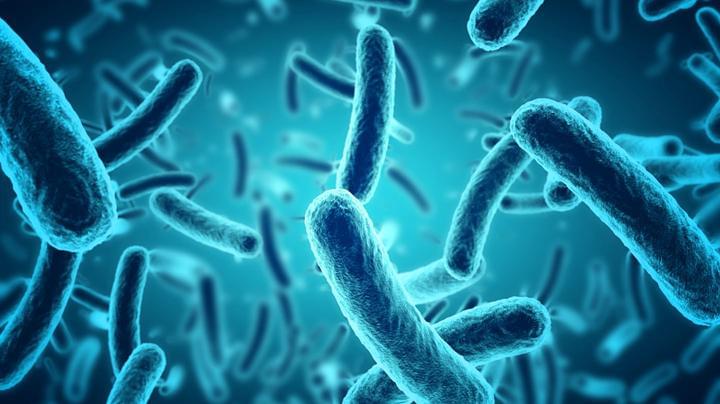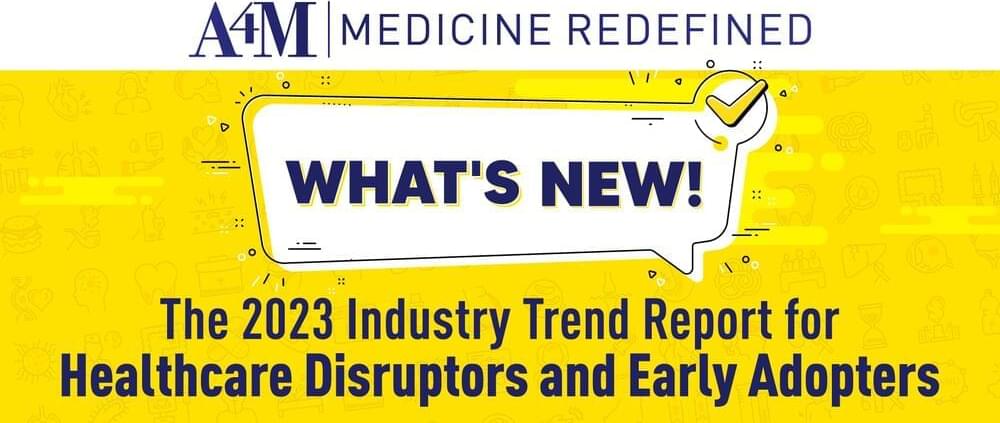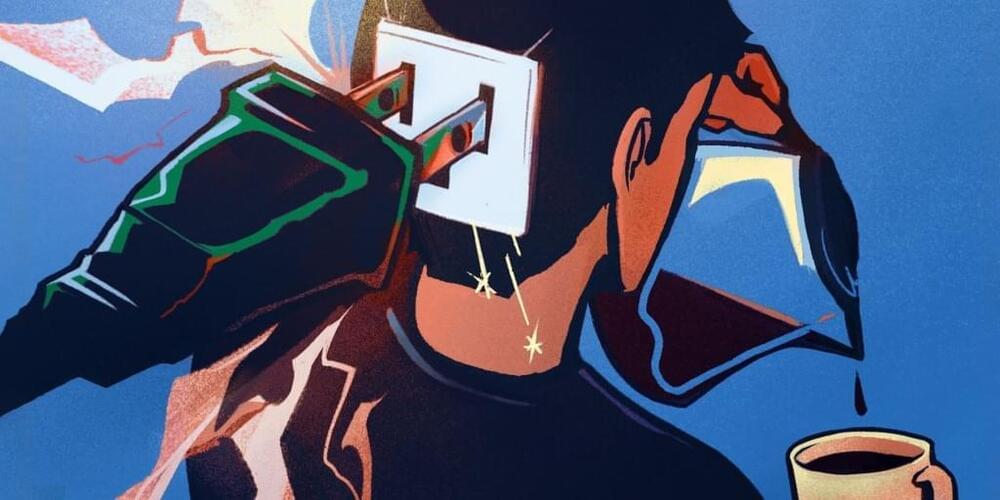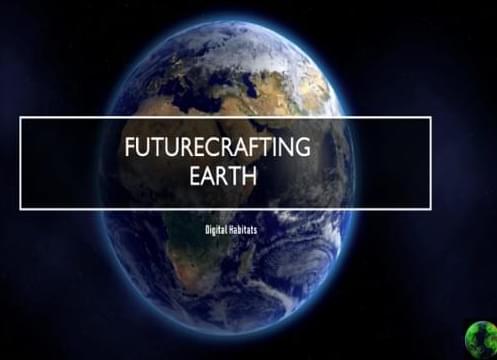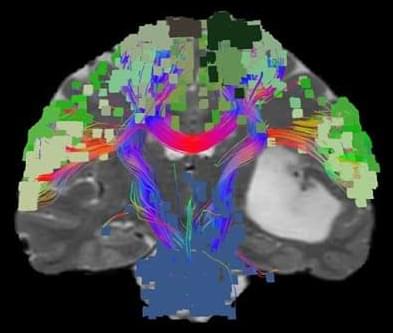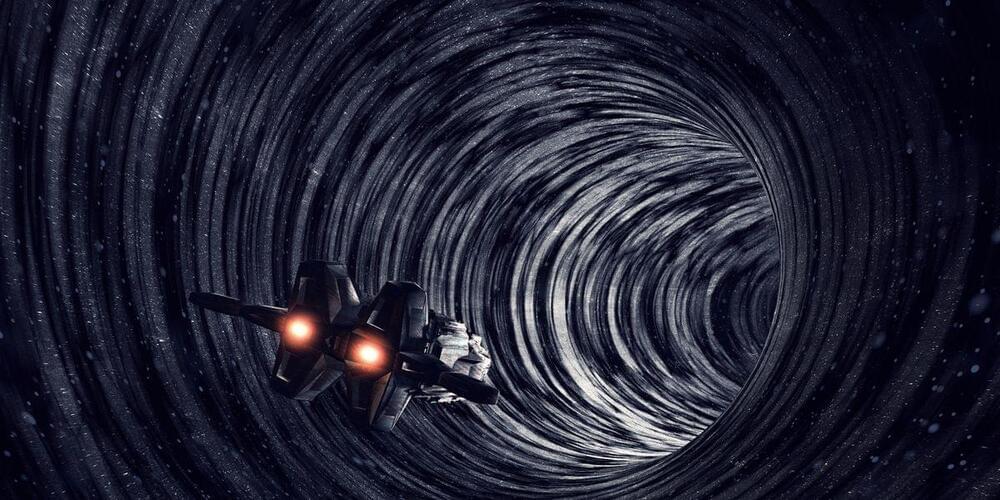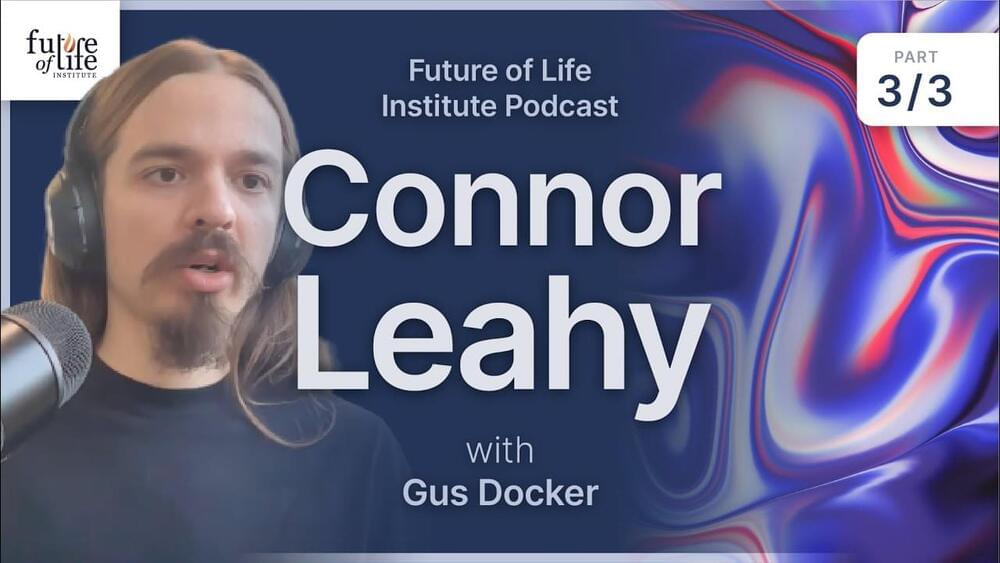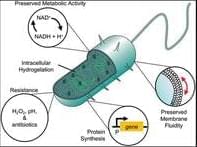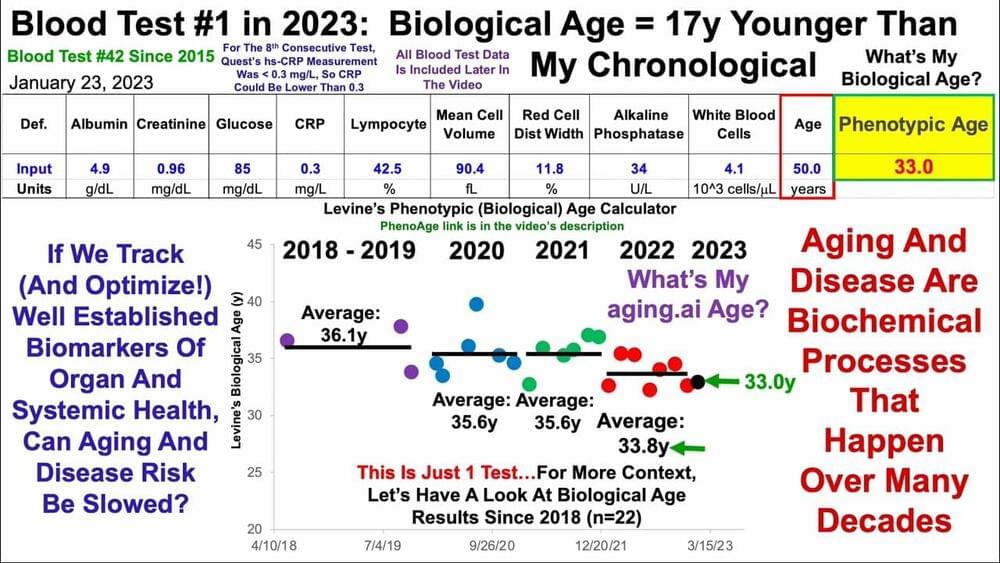The app is still under development (Credit: T nia Rêgo / Agência Brasil) The FAST.AI app can detect symptoms of Cerebral Vascular Accident (CVA) without help from a doctor. The app is still in development, but research suggests it can detect facial asymmetry, slurred speech and weakness in the arms, common symptoms of stroke.
Scientists have managed to do something truly groundbreaking. According to a new paper published in Advanced Science, researchers have created programmable cyborg cells that could help revolutionize medicine and environmental cleanup efforts. The new research, which was carried out by researchers at the University of California, Davis, shows that it is possible to create semi-living cyborg cells that retain the capabilities of living cells, but are unable to divide and grow.
In 2023, the US healthcare industry is again facing several significant challenges, including ongoing high inflation rates, labor shortages, and the persistent impact of the COVID-19 pandemic. Despite continued difficulties, leaders in the space are working to find innovative solutions to improve the current system while looking ahead at the promising future of medicine that appears to have already arrived.
From artificial intelligence-based medicine to breakthroughs in precision neuroscience, we outline key trends expected to shape the healthcare landscape in 2023 and beyond.
The 2023 Trend Report: Impactful Healthcare Innovations to Watch.
𝐏𝐞𝐨𝐩𝐥𝐞 𝐚𝐫𝐞 𝐳𝐚𝐩𝐩𝐢𝐧𝐠 𝐭𝐡𝐞𝐢𝐫 𝐛𝐫𝐚𝐢𝐧𝐬 𝐚𝐭 𝐡𝐨𝐦𝐞 𝐭𝐨 𝐢𝐦𝐩𝐫𝐨𝐯𝐞 𝐟𝐨𝐜𝐮𝐬 𝐚𝐧𝐝 𝐜𝐥𝐞𝐚𝐫 𝐛𝐫𝐚𝐢𝐧 𝐟𝐨𝐠. 𝐁𝐮𝐭 𝐢𝐬 𝐢𝐭 𝐬𝐚𝐟𝐞?
In 2021, Craig Gibbons was diagnosed with Lyme disease. His doctor prescribed him antibiotics, but the medication failed to eliminate one of his most debilitating symptoms: a lasting brain fog that made it difficult for him to focus or recall information.
So he went with a different approach: at-home brain stimulation.
Over the past few years, Gibbons had been experimenting with transcranial direct current stimulation, or tDCS, which delivers weak electrical currents to the brain through electrodes attached to the head.
Anna Wexler, an assistant professor of medical ethics and health policy at the University of Pennsylvania, studies why and how people use brain stimulation at home. She’s found that people are using the devices to treat mental health disorders or to improve mental performance.
“Depression and anxiety are the top two indications for people,” Wexler said. “But other reasons people used it for were for enhancement, so to improve focus, to improve memory, things like that.”
What is Futurecrafting?
Posted in futurism
Can science fiction create the future by inspiring those who read and watch it to achieve what appears as fantasy?
Can we apply science fiction and fantasy technologies to the big intractable problems of today to create a better future?
Pre-event lecture for upcoming CNS Special Webinar.
Register now! https://www.cns.org/connectomics-webinar — 7-9PM, 12 November, 2020 (CST)
Probably not but who knows in a million years?
Whether other universes are membranes floating in space, or a quirk of quantum mechanics, this is how physicists think we’ll traverse the multiverse.
Connor Leahy from Conjecture joins the podcast for a lightning round on a variety of topics ranging from aliens to education. Learn more about Connor’s work at https://conjecture.dev.
Social Media Links:
➡️ WEBSITE: https://futureoflife.org.
➡️ TWITTER: https://twitter.com/FLIxrisk.
➡️ INSTAGRAM: https://www.instagram.com/futureoflifeinstitute/
➡️ META: https://www.facebook.com/futureoflifeinstitute.
➡️ LINKEDIN: https://www.linkedin.com/company/future-of-life-institute/
Synthetic biology has made major strides towards the holy grail of fully programmable bio-micromachines capable of sensing and responding to defined stimuli regardless of their environmental context. A common type of bio-micromachines is created by genetically modifying living cells.[ 1 ] Living cells possess the unique advantage of being highly adaptable and versatile.[ 2 ] To date, living cells have been successfully repurposed for a wide variety of applications, including living therapeutics,[ 3 ] bioremediation,[ 4 ] and drug and gene delivery.[ 5, 6 ] However, the resulting synthetic living cells are challenging to control due to their continuous adaption and evolving cellular context. Application of these autonomously replicating organisms often requires tailored biocontainment strategies,[ 7-9 ] which can raise logistical hurdles and safety concerns.
In contrast, nonliving synthetic cells, notably artificial cells,[ 10, 11 ] can be created using synthetic materials, such as polymers or phospholipids. Meticulous engineering of materials enables defined partitioning of bioactive agents, and the resulting biomimetic systems possess advantages including predictable functions, tolerance to certain environmental stressors, and ease of engineering.[ 12, 13 ] Nonliving cell-mimetic systems have been employed to deliver anticancer drugs,[ 14 ] promote antitumor immune responses,[ 15 ] communicate with other cells,[ 16, 17 ] mimic immune cells,[ 18, 19 ] and perform photosynthesis.
Join us on Patreon!
https://www.patreon.com/MichaelLustgartenPhD
Green Tea Discount Link.
https://www.ochaandco.com/?ref=conqueraging.
Bristle Discount Link (Oral Microbiome Quantification):
ConquerAging15
https://www.bmq30trk.com/4FL3LK/GTSC3/
TruDiagnostic Discount Link (Epigenetic Testing)
CONQUERAGING!
https://bit.ly/3Rken0n.
Quantify Discount Link (At-Home Blood Testing):
https://getquantify.io/mlustgarten.
Cronometer Discount Link (Daily Diet Tracking):

